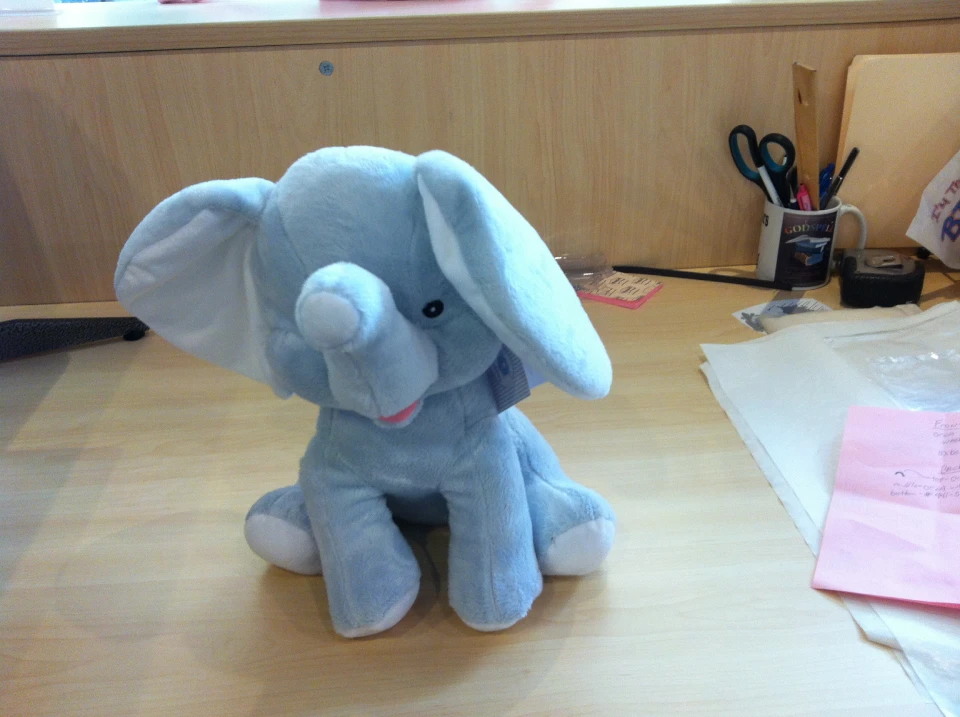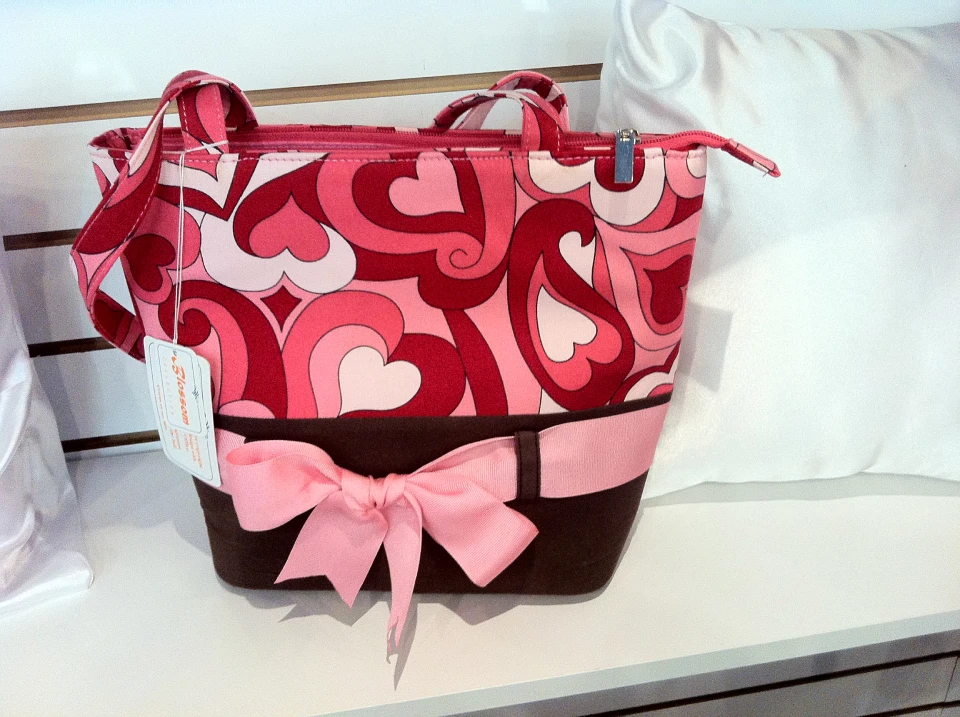The Art of Customized Embroidery: Unlocking the Keys to Creating Unique and Unforgettable Layouts
Needlework, a craft soaked in tradition and artistry, holds within its intricate stitches the power to transform material into a canvas of special expression. The tricks to producing custom embroidery styles that astound the eye and leave a lasting perception depend on a fragile equilibrium of technique, imagination, and attention to detail. As we explore the world of custom embroidery, we uncover the nuanced interaction in between thread selection, stitch complexity, and design personalization that boosts a simple garment to a masterpiece. Join us on a journey through the art of personalized embroidery as we decipher the enigmas behind crafting genuinely memorable and distinctive productions.
Selecting the Right Embroidery Threads
When selecting needlework strings, what crucial variables should you think about to make certain the ideal outcomes for your customized layouts? The option of embroidery thread is vital in establishing the final result of your embroidered layout.
In addition, the weight or density of the string plays a significant function in the appearance of the embroidery. Thicker strings can add dimension and texture to your layout, while finer strings are suitable for intricate details and little message. In addition, thinking about the color fastness and washability of the string is vital to ensure that your personalized styles maintain their top quality and vibrancy gradually. By meticulously assessing these elements and selecting premium strings that fulfill your particular demands, you can boost the visual charm and long life of your stitched developments.
Checking Out Various Stitch Methods
To explore the realm of 'Checking out Different Stitch Strategies', one must comprehend the details and nuances that each stitching method gives the art of needlework. Different stitch methods not only include aesthetic rate of interest yet additionally add to the general structure and dimension of the design. One prominent stitch strategy is the satin stitch, which entails carefully packed parallel stitches to create a smooth and glossy surface area, ideal for filling out forms and creating strong outlines.
On the various other hand, the backstitch is a functional technique typically utilized for describing and adding fine details. It includes sewing backward to produce a strong line of needlework. In addition, the French knot stitch adds a responsive component to styles, best for developing textured accents like flower centers or decorative touches.
Exploring various stitch techniques enables embroiderers to have fun with light, darkness, and depth within their designs, elevating the aesthetic allure and artistic quality of their needlework tasks. By grasping various visit sewing techniques, one can open endless opportunities for producing one-of-a-kind and memorable custom-made needlework items.
Incorporating Personalized Design Components
Having actually checked out the details of different stitch methods such as the satin stitch, backstitch, and French knot, the focus currently moves in the direction of incorporating tailored layout aspects in customized embroidery projects. Individualized layout aspects play an essential duty in making embroidery projects absolutely unique and memorable.
An additional way to include personalized design aspects is by including symbols or themes that hold special significance to the recipient or show their interests and individuality. For example, integrating a favorite flower, pet, or hobby-related symbol can make the needlework layout more purposeful and customized. In addition, selecting shades that reverberate with the recipient or align with the intended style can additionally enhance the personalization of the embroidery job.
Understanding the Art of Color Coordination

One secret aspect of color coordination is recognizing color theory. This consists of knowing how various shades communicate with each various other, the emotions they share, and exactly how they can be integrated to produce visually enticing styles. By applying shade theory concepts, embroiderers can produce harmonious shade schemes that improve the overall look of the design.
In addition, taking note of comparison is critical in shade control. Using contrasting colors can assist certain elements of the design pop, enhance legibility, and develop an aesthetically dynamic needlework item. By grasping the art of shade sychronisation, embroiderers can elevate their styles and produce remarkable items that resonate with customers and audiences alike.
Enhancing Appearance With Advanced Embroidery Stitches

Bullion knots, on the various other hand, can be used to develop twisted, ropelike components that add a luxurious feeling to the needlework. Trying out with these innovative embroidery stitches permits you to push the borders of standard needlework and produce really unique and visually appealing appearances in your layouts.
Final Thought
Finally, the art of custom-made embroidery involves a combination of picking the appropriate threads, exploring different stitch strategies, including individualized style elements, understanding shade control, and improving structure with advanced stitches. By comprehending and implementing these crucial elements, embroiderers can develop unique and unforgettable designs that showcase their creativity and ability. Needlework fanatics can open the tricks to producing stunning and bespoke items that stand apart and leave a long lasting impression.
Comments on “Heat Transfer on T-Shirts and Aprons - Customized Layouts and Logo Designs”